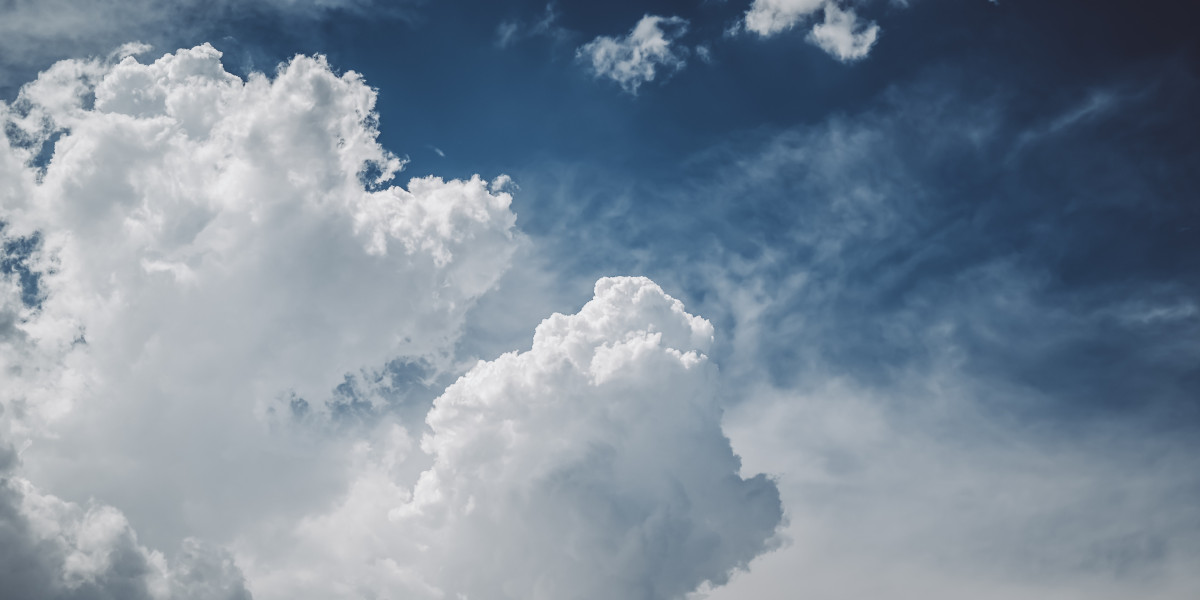Buddha statues are not only sacred icons of devotion but also testaments to the rich tapestry of craftsmanship, culture, and history. These statues, found across Asia and beyond, serve as powerful reminders of the Buddha's teachings, while also reflecting the evolution of artistic and cultural traditions. Over centuries, artisans have employed diverse materials and intricate techniques to shape the image of the Buddha, each with symbolic and aesthetic significance. From serene meditative figures to the joyous Laughing Buddha statue, the journey of crafting Buddha images has evolved in tandem with religious, social, and technological developments.
The Origins: Early Depictions of the Buddha
Before delving into the materials and techniques, it's important to understand that the Buddha was not visually represented for several centuries after his death. Instead, symbols like the lotus flower, the Bodhi tree, the wheel of dharma, and footprints were used to signify his presence. It wasn't until the Gandhara and Mathura periods (circa 1st to 3rd centuries CE) that anthropomorphic representations of the Buddha began to emerge.
These early statues, found in present-day India, Pakistan, and Afghanistan, were shaped under Greco-Roman artistic influence in Gandhara and native Indian styles in Mathura. The materials used were typically schist (a type of stone) in Gandhara and red sandstone in Mathura. Carving tools included chisels and hammers, and techniques involved detailed relief work and realistic anatomical portrayals.
Traditional Materials Used in Buddha Statue Crafting
1. Stone
Stone has been the most enduring medium for crafting Buddha statues. From the rock-cut caves of Ajanta and Ellora in India to the massive seated Buddha at Leshan in China, stone statues span a vast range of sizes and styles.
Types of stone: Granite, sandstone, marble, and schist.
Technique: Carving stone is labor-intensive. Artists begin by sketching the figure on the stone, followed by rough shaping using heavy hammers. Finer details are etched with chisels and rasps, and the final polish is done with abrasives.
Stone statues are often chosen for public monuments due to their durability. They typically depict a serene, meditative Buddha, though some regional variations include the Laughing Buddha statue, especially in later Chinese and Southeast Asian traditions.
2. Bronze and Other Metals
Metals brought a new level of sophistication to Buddha statue-making, especially from the Gupta period in India (4th–6th centuries CE) onward. Bronze, an alloy of copper and tin, became the dominant medium for casting Buddha images in India, Thailand, Sri Lanka, and Tibet.
Lost-wax casting (Cire Perdue): This ancient technique involves creating a wax model of the statue, covering it with clay, and then heating it so the wax melts away. Molten metal is then poured into the mold, cooled, and the outer shell broken away to reveal the final form.
Surface treatment: Gilding, inlaying with precious stones, and patination (controlled oxidation) are used for finish and ornamentation.
Bronze allowed artists to achieve fluidity and delicacy, producing lifelike representations and portable icons. The Laughing Buddha statue in bronze is especially popular in Chinese households and temples, often polished to a bright sheen to symbolize prosperity.
3. Wood
Wood is another traditional material used, especially in regions rich in forest resources like Japan, Thailand, and Myanmar. Wooden Buddha statues range from small altar figures to large temple icons.
Wood types: Teak, sandalwood, cedar, and cypress.
Technique: Artists carve wood using chisels, gouges, and knives. Jointed techniques are often used to create large figures by assembling multiple parts. Lacquering and painting are common surface treatments.
In Japan, the "Yosegi zukuri" technique involves carving individual parts of a statue from separate wood blocks and then assembling them—a method that allows flexibility in design and easier repairs. The Laughing Buddha statue is frequently made from wood and displayed in homes as a symbol of happiness and good fortune.
4. Clay and Terracotta
Clay statues date back to the earliest Buddhist sites. Terracotta—baked clay—is especially prevalent in the Buddhist art of Central Asia, India, and Southeast Asia.
Technique: Hand modeling, slab building, and mold casting are used. The statues are then dried, fired in kilns, and sometimes painted.
Significance: Clay was accessible and cost-effective, making it ideal for local shrines and smaller devotional icons.
Though more fragile than stone or metal, clay Buddha statues offer a raw, earthy charm. The Laughing Buddha statue crafted in clay is often painted with cheerful expressions and bright colors, enhancing its joyful symbolism.
5. Jade, Ivory, and Other Precious Materials
In Chinese and Tibetan cultures, Buddha statues made from jade, ivory, crystal, and even gold are highly valued for their spiritual and monetary worth.
Jade: Symbolizing purity and immortality, jade Laughing Buddha statues are particularly prized in Chinese culture. Carving jade is a delicate process involving abrasives and rotary tools.
Ivory: Historically used for intricate, miniature Buddha images. Due to ethical concerns and legal restrictions, its use has greatly diminished.
Gold and Silver: Used both as core materials and for gilding. Entire statues or just surface coverings may be made of these precious metals.
These luxury statues are typically reserved for elite patrons or major religious institutions and are handled with great reverence.
Techniques Through Time and Region
1. Indian Subcontinent
India, as the birthplace of Buddhism, laid the foundation for Buddha statue-making. Techniques evolved from simple carvings in stone during the Maurya and Kushan periods to highly refined bronze casting under the Chola dynasty in South India.
The Indian approach emphasizes symbolic gestures (mudras), postures (asanas), and iconographic details. While the Laughing Buddha statue does not originate in India, its spiritual predecessor—the image of the fat, jovial monk Budai—owes part of its representation to Indian influences transmitted via trade and pilgrimage.
2. China
Chinese Buddha statues are known for their gentle expressions and flowing robes. The Tang dynasty (618–907 CE) is considered a golden age of Chinese Buddhist art, where statues were made from marble, bronze, and wood with elegant proportions.
The Laughing Buddha statue, or Budai (Hotei in Japan), became especially prominent during the Song dynasty. He is depicted as a rotund, smiling figure carrying a cloth sack, symbolizing abundance and generosity. Techniques include both casting and carving, with lacquer and gilding used for finishing.
3. Japan
Japanese artisans adopted techniques from China and Korea, developing their own refined styles. The use of lacquered wood and dry lacquer (a mixture of lacquer and sawdust or hemp) was especially prevalent during the Nara and Heian periods.
While traditional representations of the meditative Buddha remain dominant, the Laughing Buddha statue, known as Hotei, is one of the Seven Lucky Gods and symbolizes contentment and happiness in Japanese folklore.
4. Southeast Asia
In Thailand, Cambodia, Laos, and Myanmar, Buddha statues are characterized by elongated features, flame-like ushnishas (cranial protuberances), and rich ornamentation. Gilded bronze and stucco over brick are common techniques.
The Laughing Buddha statue, while not as doctrinally central in Theravāda Buddhism, has become a popular cultural icon across Southeast Asia, often placed in homes and businesses for luck.
5. Tibet and Nepal
Tibetan and Nepali statues are deeply symbolic, often incorporating tantric elements. Made primarily of bronze or copper alloy using the lost-wax technique, they are inlaid with turquoise, coral, and other gems.
These statues are ritualistically consecrated and filled with scrolls, herbs, and sacred objects. While the Laughing Buddha statue is not a primary icon in Vajrayana Buddhism, its joyful essence is echoed in deities like Dzambhala, the god of wealth.
The Symbolism of the Laughing Buddha Statue
While not the historical Buddha (Siddhartha Gautama), the Laughing Buddha statue represents Budai, a 10th-century Chinese Zen monk revered for his benevolence and joy. Over time, he became synonymous with happiness, prosperity, and good luck.
Crafted in various materials—from wood and jade to porcelain and bronze—the Laughing Buddha is often shown with a protruding belly, wide smile, and carrying items like gold ingots, children, or a sack of treasures.
Each of these elements is rich in symbolism:
Big belly: Abundance and the capacity to absorb the sorrows of the world.
Sack: Treasures or the burdens of others, which he takes upon himself.
Children: Fertility and family joy.
Beads: A symbol of meditation or prosperity.
Despite regional and material variations, the essence of the Laughing Buddha remains constant—he is a harbinger of joy, generosity, and spiritual contentment.
Conclusion
The crafting of Buddha statues is more than a sculptural tradition; it is a spiritual practice that blends devotion, culture, and artistic mastery. Across centuries and continents, materials such as stone, bronze, wood, clay, and jade have been molded by countless hands to represent the sacred.
Among the many expressions of the Buddha, the Laughing Buddha statue holds a special place in the hearts of people worldwide. Whether carved from humble wood or sculpted in shimmering gold, his cheerful presence reminds us of the spiritual richness that transcends form—a tradition that continues to inspire artists and devotees alike.






